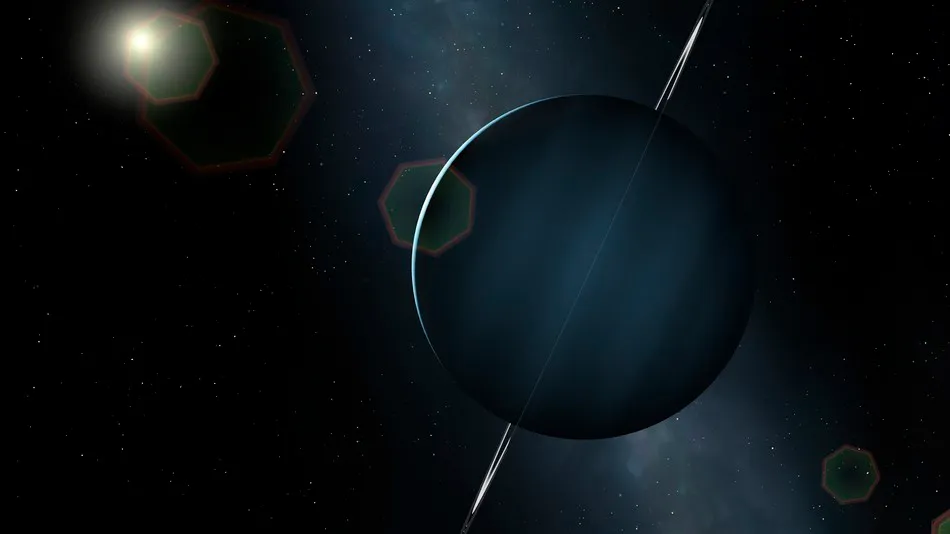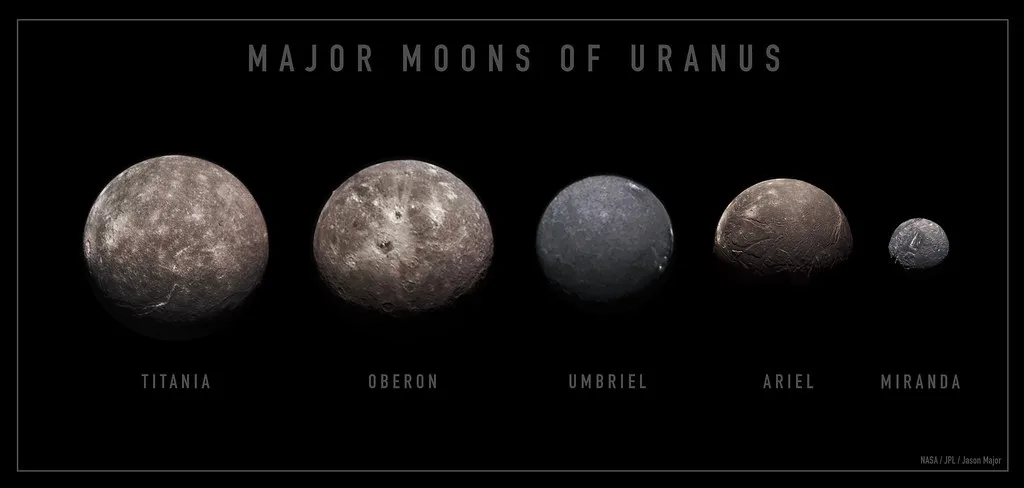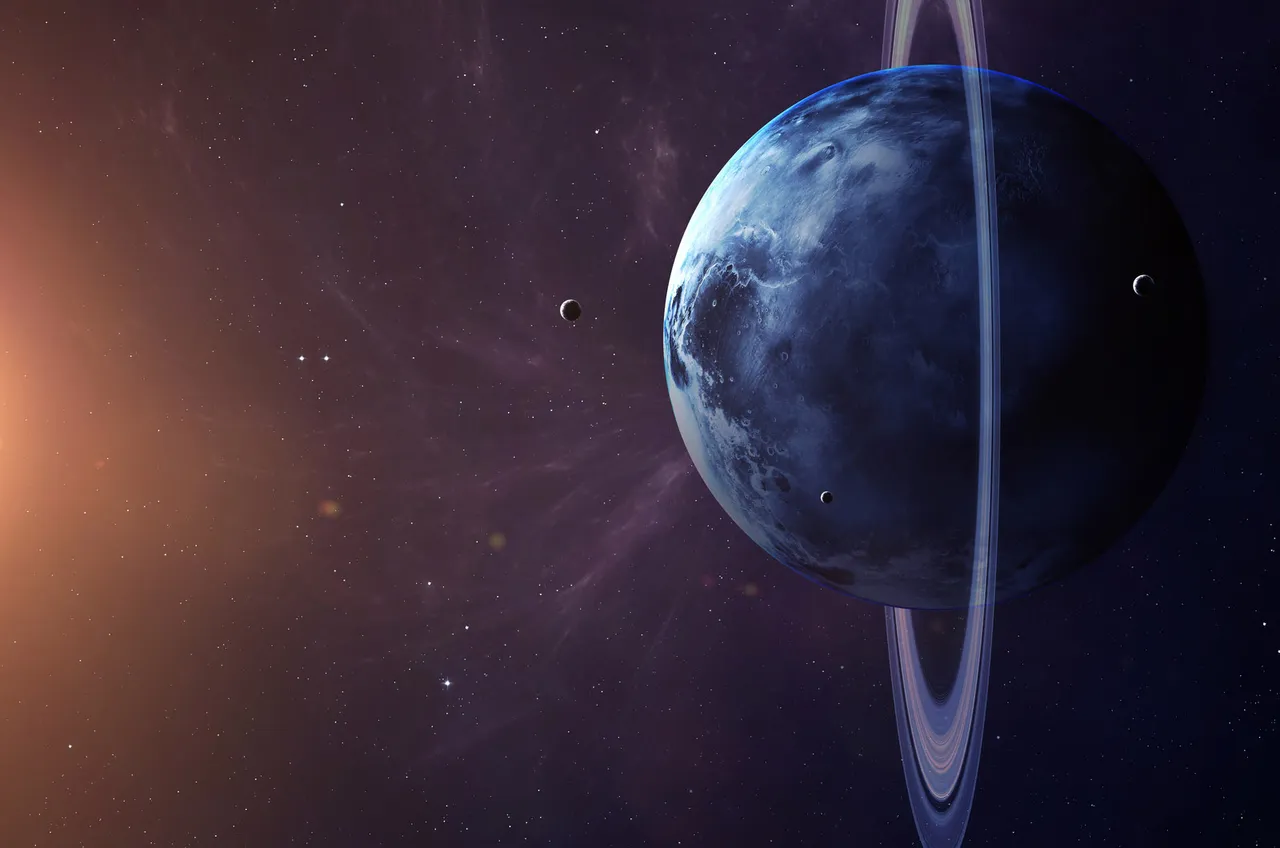In 1781, the German-English astronomer William Herschel only wanted to look at a few stars in his garden and accidentally discovered a new planet. Since the planets Mercury to Saturn were already known since ancient times, this was the first newly discovered planet at that time. For a long time there was no name for the newly discovered planet. Herschel wanted to name it after the English king George, but finally the name Uranus prevailed, the father of the gods from the Greek mythology.
Uranus is the seventh planet in our solar system and is with 18.324 to 20.078 astronomical units, 2.9 billion kilometers, away from our sun. The orbit of the planet is almost circular and it takes almost 84 earth years to orbit the sun. Around its own axis Uranus rotates in 17 hours 14 minutes and 24 seconds.
The gas planet is almost like Neptune, with its 51000 kilometers in diameter our Earth would fit 4 times into it. Since the size, the structure and also the bluish appearance of Uranus resemble Neptune, they are often regarded as twins.
Uranus is also a pretty cool planet, because with minus 224 degrees it gets even colder on Uranus than on Neptune. This is strange, because Neptune is further away from the sun than Uranus. The reason for the lower temperatures is the lower proportion of methane in the atmosphere. Methane is a so-called greenhouse gas that causes higher temperatures. By the way, the more methane the bluer a planet shimmers.
William Herschel, of course continued to research his discovery and found also a few Uranus moons as well. As far as we know, Uranus today have 27 moons. If you are familiar with English literature, you will immediately notice that these are named by Shakespeare characters. Herschel left the naming to his son and he seems to have been a big Shakespeare fan. So the Uranus moons are a real literary paradise.
Besides the moons, Uranus also has a ring system. This was discovered by chance in 1977 when researchers wanted to observe a star with the shadow of Uranus. Since this star fell 5 times into the shadow of Uranus at the first try and this effect was repeated several times, it was concluded that the gas planet must have a ring system. Later in 1986 this ring system was confirmed by the Voyager-2 space probe. The space probe Voyager-2 was on its way for nine years until it covered the 2.9 billion kilometers to Uranus.
Since most of the rings consist of fine dust, they are almost invisible. Due to the gravitational effect of the different moons, the rings do not seem to close their orbits around Uranus completely circular.
Almost all planets are not quite straight in their existence, but show a certain inclination. Our Earth, for example, is inclined by 23.5 degrees, but Uranus is the champion of inclination, the planet is completely tilted. This remarkable inclination of 98 degrees has its reasons, probably in a collision a long time ago.





